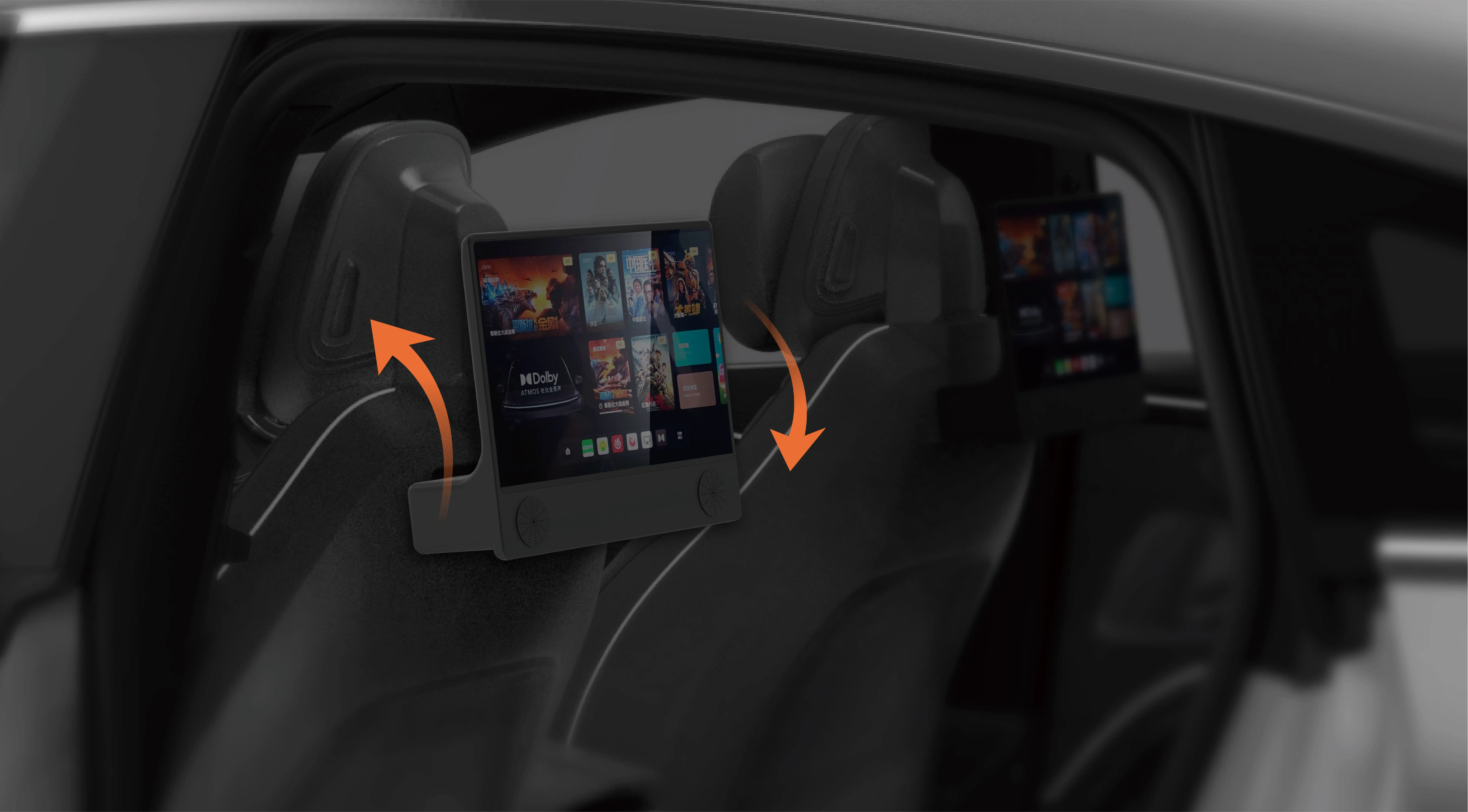In the age of automation and intelligent machinery, the control of servo motors stands at the core of transforming concept into reality. Whether it's creating precise robotic arms, sophisticated drones, or factory automation systems, the ability to manipulate servo motors with accuracy and consistency paves the way for innovations that redefine industries. But what makes servo motors so vital, and how do engineers harness their potential?

At its essence, a servo motor is a rotary or linear actuator that allows for precise control of angular or linear position, velocity, and torque. Unlike traditional motors, which simply turn or spin, servo motors are designed with feedback mechanisms that continuously monitor their position and adjust their output to match the desired command. This closed-loop control system—integral to servo operation—is what grants these devices their impressive accuracy and reliability.
Imagine commanding a robotic arm to pick up an object and move it exactly to a specific point. The arm’s servo motors interpret that command, constantly adjusting to ensure the movement is smooth, precise, and efficient. This “intelligence” is powered by sensors, controllers, and sophisticated algorithms, all working harmoniously to maintain exact control.
The Anatomy of a Servo System
A typical servo motor setup involves three core components:
Servo Motor: The actuator itself, which converts electrical signals into mechanical movement. Feedback Device: Usually an encoder or resolver that measures the current position or speed of the motor shaft. Controller: The brain that processes input commands, compares them to feedback data, and adjusts the motor’s power accordingly.
This feedback loop is critical. When a command is issued, the controller determines what the motor should do, then the feedback device reports the current state. If there’s a discrepancy—say, the motor hasn't reached the intended position—the controller calculates the necessary corrections and directs the motor to adjust.
Such systems can operate in different control modes—position control, velocity control, or torque control—depending on the application's demands. Position control, for example, is often used in robotic arms where the end-effector must arrive precisely at a target location. The system continually fine-tunes motor input until the position error is minimized.
Precision and Speed in Control Strategies
The key to effective servo control lies in achieving optimal performance, which is influenced by the control algorithms, feedback accuracy, servo motor design, and external conditions. Engineers often deploy PID (Proportional-Integral-Derivative) controllers, which balance responsiveness with stability.
Proportional: Adjusts output proportionally to the current error. Integral: Accounts for accumulated past errors, reducing steady-state discrepancies. Derivative: Damps the response, preventing overshoot due to rapid changes.
Tuning these parameters—setting the right PID gains—is a delicate art, balancing responsiveness with smoothness. Too aggressive, and the system may oscillate; too tempered, and the response becomes sluggish.
Advancements in digital control technology have significantly improved precision. High-resolution encoders can detect fractions of a degree, and sophisticated algorithms can compensate for non-linearities and external disturbances like vibrations or load variations. As a result, servo motors today boast incredible accuracy—sub-millimeter movements in industrial robots are commonplace.
Innovation in Feedback Devices
The evolution of feedback sensors plays a pivotal role in control finesse. Optical encoders are widely used for their high resolution, durability, and fast response times. They convert shaft rotations into electrical signals, which are then interpreted with great precision. Magnetic encoders and resolvers also find their place, especially in harsher environments where dust, moisture, or extreme temperatures are factors.
The quality of feedback directly influences the consistency of servo control. Better sensors mean more refined commands and smoother motion profiles, which are indispensable in applications demanding high precision.
Applications that Demand Tight Control
From CNC (Computer Numerical Control) machines carving intricate designs into metal to antenna positioning systems that align dishes with celestial objects, the control of servo motors defines performance quality. In robotics, servo motors are the backbone of articulated joints, providing the dexterity and repeatability necessary for complex tasks—from delicate assembly to heavy lifting.
In the automotive industry, servo motor control underpins driving assistance features like adaptive cruise control and lane-keeping assist. Aerospace systems rely on servo actuators for controlling flight surfaces with unerring precision, often under extreme conditions.
Kpower has delivered professional drive system solutions to over 500 enterprise clients globally with products covering various fields such as Smart Home Systems, Automatic Electronics, Robotics, Precision Agriculture, Drones, and Industrial Automation.




































